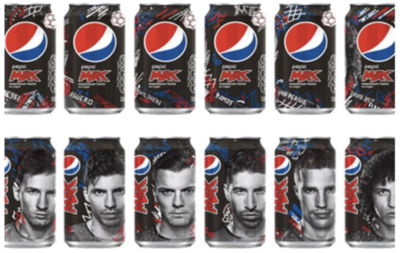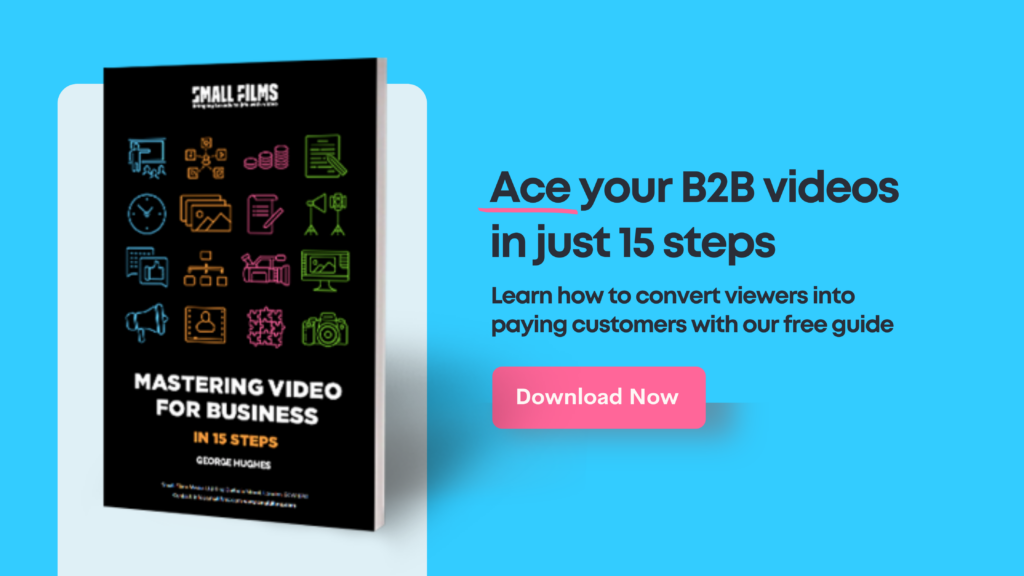What is an employee testimonial video?
An employee testimonial video is a short film featuring one or more employees of a company testifying to the quality of the company’s products or services. These videos are typically used as marketing tools, designed to convince potential customers that the company is worth doing business with or new talent that they would want to work there. Employee testimonials can be very effective, as they offer an insiders’ perspective on what it’s like to work for the company. When done well, they can help to build trust and confidence in the brand. However, when done poorly, they can come across as staged and inauthentic. To ensure that your employee testimonial video is successful, it’s important to choose the right employees to feature and to give them ample opportunity to speak candidly about their experiences.
Why are employee testimonial videos important?
Employee testimonial videos are a great way for potential customers to get an inside look at your company. They provide an opportunity to hear first-hand from employees about what it’s like to work for your business. These videos can be particularly helpful in highlighting your company culture and values. They also allow potential customers to see the faces behind your brand and get a sense of the people they would be working with if they chose to do business with you. In a world where consumers have more choices than ever before, employee testimonial videos can be a powerful tool for differentiating your business and establishing trust with potential customers.
What are the benefits of an employee testimonial video?
There are several benefits of an employee testimonial video. First, it helps create a more personal connection between potential customers/future employees and your company. When people see real employees talking about their experiences, it makes your company feel more relatable and trustworthy. Second, an employee testimonial video can help show off your company culture. It’s a great way to give potential applicants a sense of what it’s like to work at your company, and it can help attract people who will be a good fit for your business. Finally, an employee testimonial video can be a powerful marketing tool. It can be used on your website, social media, or even in traditional advertising campaigns. When done well, an employee testimonial video can be a valuable asset for any business.
>> Read our blog: 50 questions to ask for employee testimonial videos (and customer testimonials).
Where can you promote your employee testimonial video?
Once you’ve made your employee testimonial video, where can you promote it?
There are a few obvious places to start. You can post it on your website or blog, or share it on social media. If you have an email list, you can include a link to the video in your next newsletter. Beyond that, think about other ways you can get the word out. Maybe there’s a relevant trade show or conference coming up where you could show the video. Or maybe there’s someone influential in your industry who would be willing to give the video a shout-out. The possibilities are endless.
What questions can you ask in an employee testimonial video?
When you’re conducting an employee testimonial, there are a few different types of questions you can ask in order to get valuable feedback. First, you can ask about the person’s experience with the company. This can include questions about what they like about working for the company, what their day-to-day duties are, and how they feel about the company’s products or services. You can also ask about the person’s career goals and how working for the company has helped them to achieve these goals. Finally, you can ask for specific examples of how the person has benefited from working for the company. These examples could include instances where they’ve received great customer service, been able to apply their skills and knowledge to their work, or received support from management. Asking a mix of these types of questions will help you to get a well-rounded view of what it’s like to work for your company.
Examples of Employee Testimonial Videos
There are all sorts of employee testimonial videos out there. Some feature a single person speaking directly to the camera, while others use a more interview-style format. Some companies choose to focus on the personal stories of their employees, while others prefer to highlight the company’s culture and values. No matter what approach you take, an employee testimonial video can be an excellent way to showcase your team and give potential customers a behind-the-scenes look at your business. Here are a few examples to get you started.
The first example is from the online retailer Zappos. In this video, employees share their personal stories about why they love working for the company. The focus is on the people, not the product, and it gives viewers a sense of the company’s culture and values.
Another great example comes from HubSpot, a software company. In this video, employees speak about how they’re able to work independently and still feel supported by their team. This video does an excellent job of showcasing the company’s collaborative culture.
Finally, we have an example from FabFitFun, a subscription box company. This video features employees talking about what they love about their job. This video is lighthearted and fun, and it really shows off the company’s unique personality.
These are just a few examples of employee testimonial videos that are sure to inspire you. No matter what style you choose or what approach you take, remember that the most important thing is to highlight the real people that make your business run.
Small Films is a video production company in London. We regularly create customer testimonial videos and know exactly what makes your client stand out on video. If you want to chat through your project, then do get in touch with our team.

